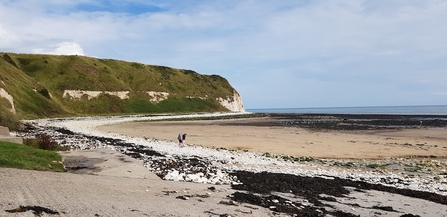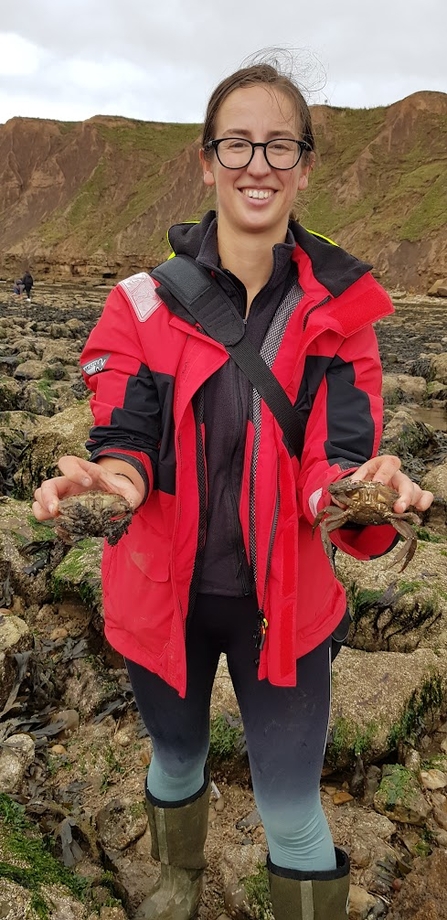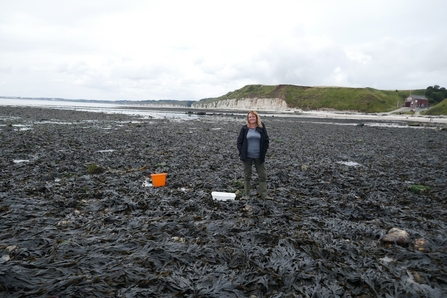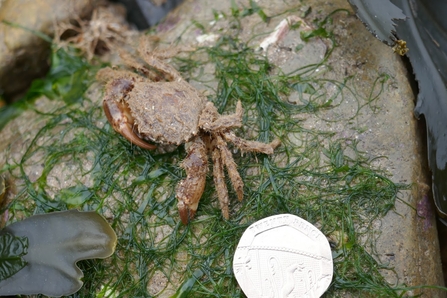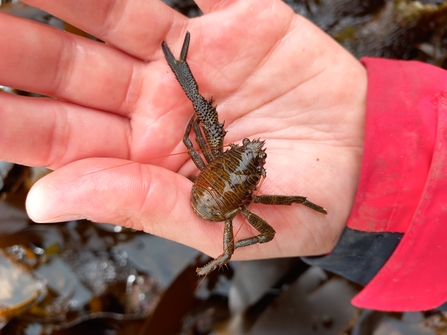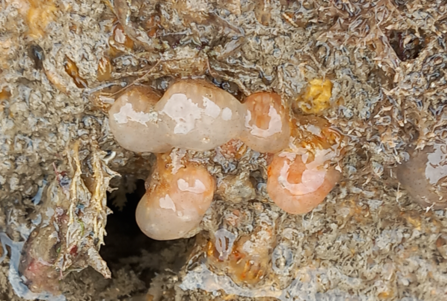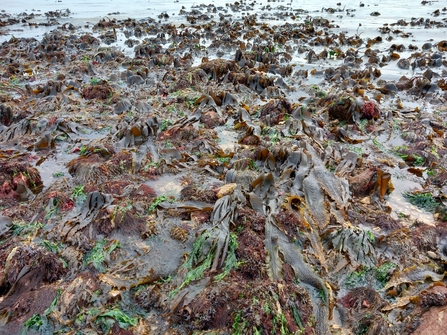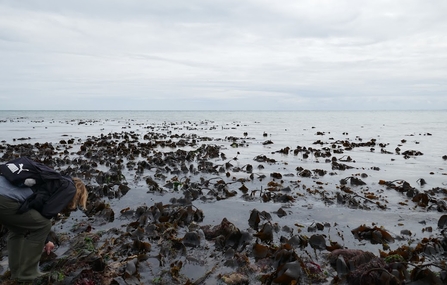Our Secret beach - Flamborough, South Landing
In the previous blog, I described the bioblitz shoresearch at Filey and the finds we made. I also mentioned our secret beach, starfish, worries and inspiration. All this and more will be revealed here...
The day after our great day at FIley, my partner Andrea and I made our way to Flamborough South Landing to experience a different search on a very different beach.
Flamborough has many different faces with north, east and south facing beaches. Seals and puffins are among the riches commonly on offer. South landing beach is the least known, with its white cliffs and expanses of sand, rocks and kelp - it’s one of Yorkshire's most mysterious and ultimately awesome beaches. I don’t mean awesome in the glib use of the word, but in the true sense of showing something much bigger than ourselves and not being able to describe it fully.


